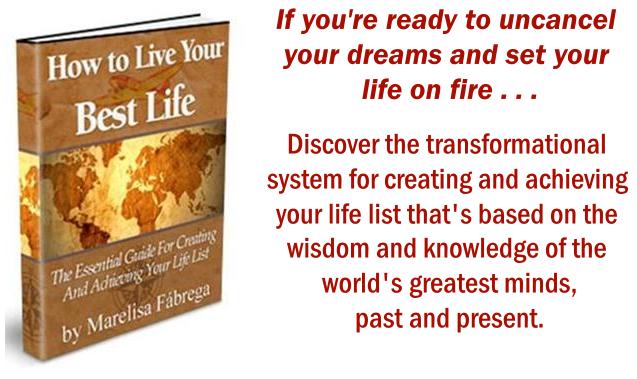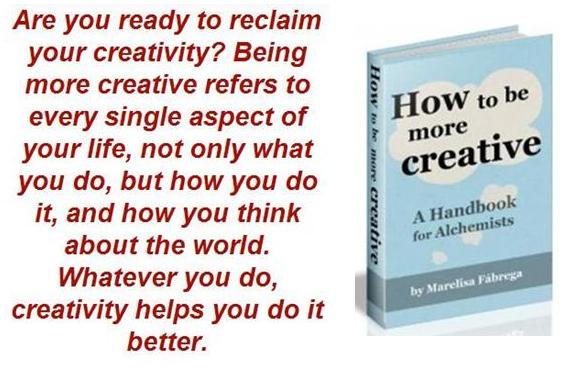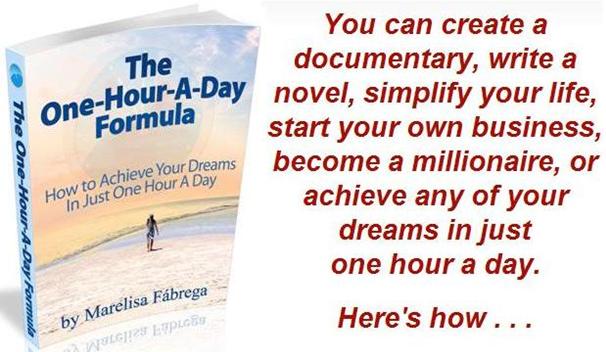 The Seven Stories Exercise was created by Kate Wendleton, a career counselor and president of The Five O’Clock Club. It has its roots in the work of Bernard Haldane who helped military personnel transition their skills to civilian life in the 1940s.
The Seven Stories Exercise was created by Kate Wendleton, a career counselor and president of The Five O’Clock Club. It has its roots in the work of Bernard Haldane who helped military personnel transition their skills to civilian life in the 1940s.
Although the exercise is usually applied in the context of career counseling, it’s a great way to identify what has brought you joy in the past, so that you can identify what you need more of in your life in the present and the future.
In this post you’ll find the steps that you need to follow in order to complete the Seven Stories Exercise, as well as an example of someone who used the exercise in order to discover what he needed to do in order to bring more zest and joy–or joie de vivre–to his life.
In order to complete the Seven Stories Exercise, follow the steps below:
Step One – Write Down 25 Accomplishments
Think of 25 accomplishments or experiences from your past that have brought you great satisfaction. These experiences can be from your childhood, your college years, a previous job, the recent past, and so on. The idea is to write down things that you enjoyed doing and that you did well.
You’re asked to come up with 25 things, which is a large number, so that you won’t be too judgmental. Just list anything that comes to mind. Don’t try to do this in one sitting. Think about it, and give yourself four or five days to complete this step of the exercise. If you’d like, you can carry a small notebook around with you so that you can jot down ideas as they occur to you.
Don’t limit yourself to work-related experiences. Include volunteer work, your hobbies, and accomplishments from your personal life. In addition, you don’t have to have received praise from others for these accomplishments. The key is that you felt that you did well.
When you write down the 25 experiences, make sure that you’re specific. For example, don’t just write down “playing sports in high school”. Instead, write something like the following: “Playing defense in the final of the soccer tournament when I was in the 10th grade”. Here’s another example:
- Wrong: Coordinating Events
- Right: Coordinated a bake sale and other fund-raising events and raised $5000 for charity in a week during my sophomore year in college.
Step Two – Narrow It Down to Seven Accomplishments
Once you’ve come up with 25 experiences, look at them carefully and choose the seven that are most important to you. Look for the ones that you enjoyed the most and that gave you the greatest sense of accomplishment.
Next, rank these seven accomplishments in order of importance, where number one is the most important, number two is the second most important, and so on.
Step Three – Write Your Seven Stories
The third step is to write a “story” about each of your top seven accomplishments. You’re going to describe each of these experiences in detail, and see what skills and abilities were manifested when you were carrying them out. Try to look for patterns and what the seven experiences have in common.
When you think through the common threads that run through experiences that you’ve done well and enjoyed in the past, you’ll be better able to identify the elements that an experience must have for it to satisfy you. That is, by identifying the commonalities in your accomplishments, you’ll know what aspects an activity–whether it’s a job, a hobby, and so on–, needs to have in order to make you happy.
Here are some questions you can ask yourself in order to flesh out your seven stories:
- Why did you do it? What was your motivation? Why was it meaningful to you?
- What did you do? How exactly did you do it? What role did you play (did you function as a teacher, healer, organizer, leader, and so on)?
- Where did it occur (this may not be important, but add it anyway)?
- With whom did you do it? Who else was involved? You can write down specific names, or just the categories of people like friends, co-workers, clients, and so on.
- What skills and abilities did you use (negotiation, created and stuck to a budget, designed a costume, and so on)?
- What about the project or activity did you enjoy the most?
- What was the outcome?
- How did you feel afterwards?
Write at least one page for each of your stories.
Step Four – Analyze Your Seven Stories
Once you’ve completed your seven stories, you have to analyze them in order to determine what the stories can teach you. For example, one man who was completing the Seven Stories Exercise remembered that when he was young he lived with his family near a tile factory.
One day he decided that he would pick up the scraps of tile that were littered all around the factory and build an oriental city complete with temples, pagodas, and modern buildings. He built his city over a course of several months, and it was a great success with his family and friends. It was also a process that he had greatly enjoyed.
In addition, he remembered that in the past he and a group of friends would gather every so often and work on old cars. He also remembered repairing bicycles when he was in high school. This man realized that in order to bring more joy into his life he needed to look for activities that allowed him to be creative, and to build and repair things.
Step Five – 200 Possibilities
Once you’ve completed the Seven Stories Exercise, you should have a good idea of what you love to do and are good at. Then, come up with a list of 200 possible ways to carry out these activities. Coming up with a list of 200 possibilities allows for all of the following:
- It gets you excited because it allows you to see all sorts of possibilities.
- It increases your confidence that if one thing doesn’t work out, you have lots of other options.
- It reduces your attachment to any one situation.
Conclusion
Live your best life by identifying the things that you’ve done well and that you’ve enjoyed doing in the past. Then, apply what you learn about yourself from this exercise to help you decide which activities to pursue in the future. In addition, click here to discover 15 more exercises to help you decide what you want from life.


Related Posts:
1. Zen Capitalism: Creating A Life While Making A Living
2. An Incredibly Simple Way to Find Your Career Passion
3. Finding the Work You Love: The Intersection of Passion, Talent, and Opportunity
Did you enjoy this article? Subscribe to “Daring to Live Fully” by RSS or by email, and get free updates.






 Marelisa Fabrega is a lawyer and entrepreneur. She holds a Bachelor of Science in Business Administration from Georgetown University in Washington, D.C., as well as a Juris Doctor from the Georgetown University Law Center. You can learn more about her
Marelisa Fabrega is a lawyer and entrepreneur. She holds a Bachelor of Science in Business Administration from Georgetown University in Washington, D.C., as well as a Juris Doctor from the Georgetown University Law Center. You can learn more about her 





